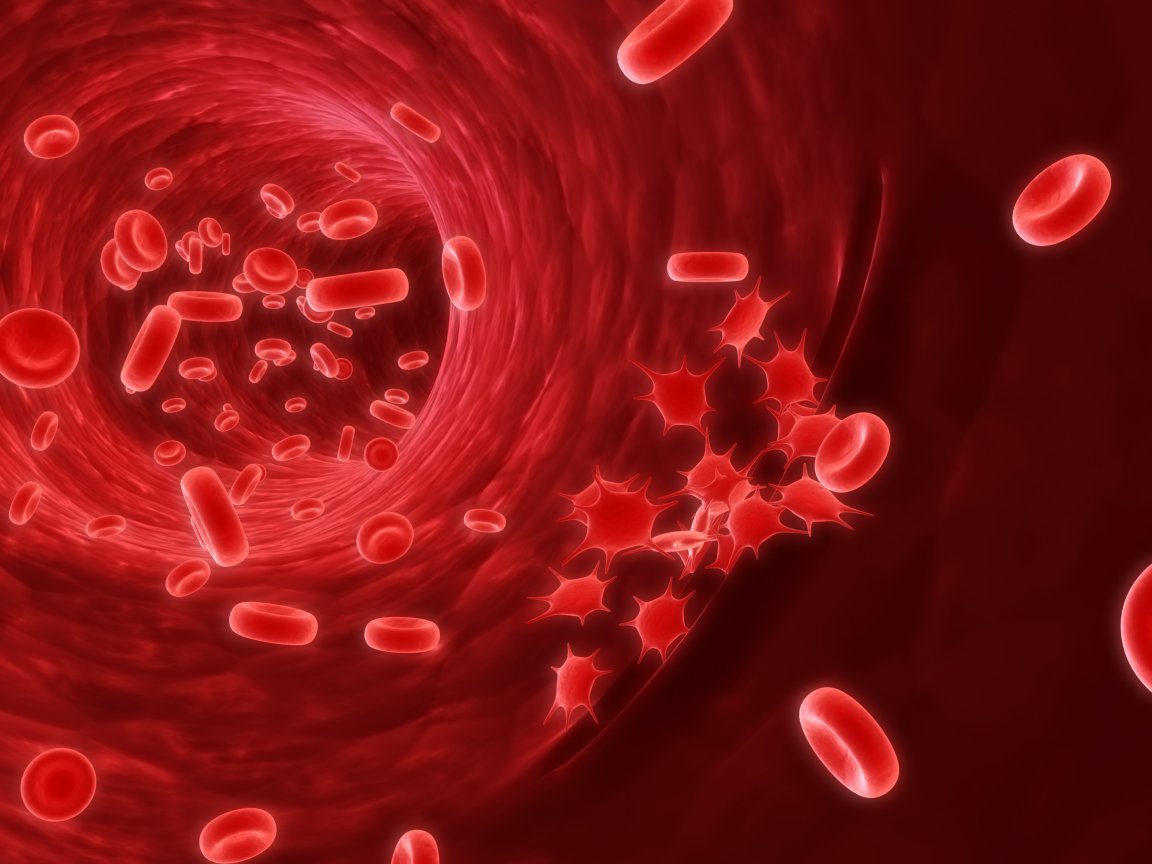
A Breath Test In Place of Blood Test
A team of researchers from the Texas Analog Center of Excellence (TxACE) at UT Dallas are working on a device that can analyze your breath and diagnose a wide range of diseases, called an “electronic nose.”
“Smell is one of the senses of humans and animals, and there have been many efforts to build an electronic nose,” said Dr. Navneet Sharma, the lead author of paper. “We have demonstrated that you can build an affordable electronic nose that can sense many different kinds of smells. When you’re smelling something, you are detecting chemical molecules in the air. Similarly, an electronic nose detects chemical compounds using rotational spectroscopy.”
The rotational spectrometer can detect low levels of chemicals in the breath using electromagnetic waves, which it transmits over a wide range of frequencies. It can determine what chemicals are detected and how much of the chemical is detected.
Notably, this is effective for disease detection because gases that come out in breath contain information about practically every part of the body. According to the team, this makes it as good as a blood sample.
Moreover, the researchers assert that the electronic nose is far more accurate than a standard breathalyzer, as such tests contain artefacts, and it could be a good device to detect diseases earlier, cutting down on healthcare costs. Notably, although breath analyzing devices have long been in existence, at the moment, they are expensive as well as a little too bulky for commercial use.
More Affordable, And Hopefully Portable
The team has concluded that using a complementary metal-oxide semiconductor (CMOS) integrated circuit technology, the same circuit technology used in smart devices, can make an electronic nose that is affordable.
Researchers are working on a prototype for the programmable CMOS-based electronic nose which they see being used in industrial settings before hitting clinics and hospitals. Beta testing is targeted in early 2018.

Companies Semiconductor Research Corporation (SRC), Texas Instruments Inc., and Samsung Global Research Outreach have been supporting the project.
“SRC and its members, including Texas Instruments, Intel, IBM, Freescale, Mentor Graphics, ARM and GlobalFoundries, have been following this work for several years. We are excited by the possibilities of the new technology and are working to rapidly explore its uses and applications,” said Dr. David Yeh, SRC senior director. “It is a significant milestone, but there is still much more research needed for this to reach its potential.”